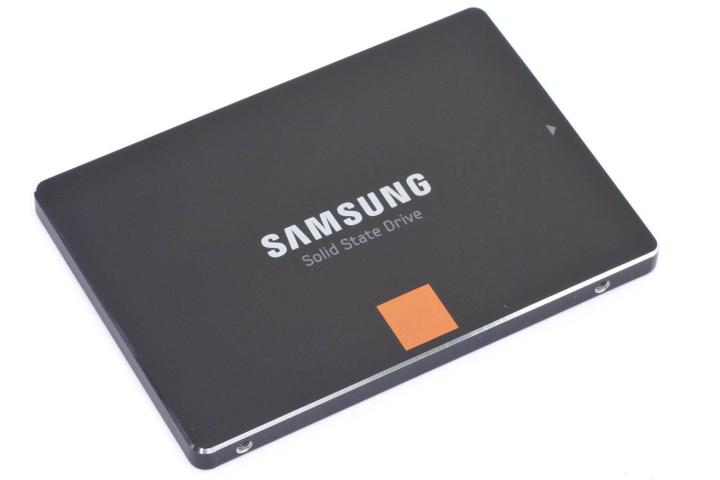
Previously if you tried to upgrade your OS X sporting system with a third party SSD, it would have had to rely on its localized garbage collection system to maintain performance. However without the additional support from TRIM, this can degrade the flash cells faster than they would otherwise, so adding this new support for the re-allocation system is important.
Samsung TRIM error could be wiping dataThis comes as part of the OS X 10.10.4 update, though it does need to be manually activated for the drives. Users can launch the utility from the OS X terminal with the “trimforce” command, and after a reboot it should work without too much difficulty.
Apple has placed a large warning label over this update, suggesting that users should be wary of using the TRIM feature on older drives, since it could cause them to behave erratically. While that may be the case, as Ars points out, it’s not something users should be overly concerned with. Most SSDs today are modern enough that they would have supported TRIM under Windows or Linux distros, so shouldn’t have any issues doing the same under OS X.
However, it is worth mentioning that a number of Samsung drives – specifically those named with the numerical 8XX moniker – have had issues with TRIM commands as of late, with some sources suggesting that they randomly delete data. If you have one of those, it might be worth taking extra care if enabling TRIM. back up everything important first.




